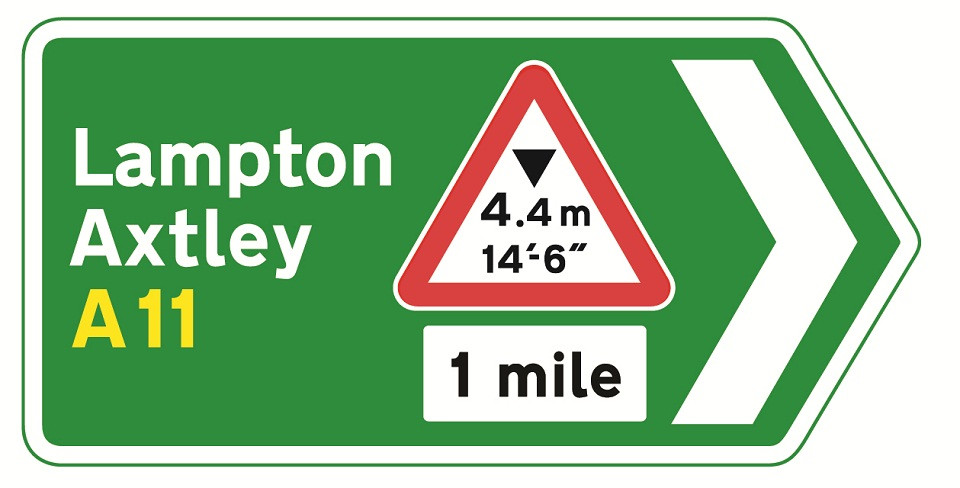Navigating the roads in the UK involves understanding a diverse range of street signs. These signs are not just pieces of metal and paint; they are crucial communication tools designed to ensure road safety and efficient traffic flow. Understanding the meanings behind these signs is essential for every driver, cyclist, and pedestrian. This guide breaks down the primary categories of UK street signs, focusing on their colors, shapes, and what they communicate to road users.
Motorway Signs: Blue for Directions
Blue signs are your constant companions on UK motorways, providing directional information to keep you on the right route.
As you approach a motorway junction, you’ll see blue signs indicating the upcoming exits and destinations. These signs often include the junction number on a black background for easy identification.
Route confirmation signs, also in blue, appear after you’ve passed a junction, reassuring you of your direction and listing destinations along that motorway.
Downward pointing arrows on blue signs are crucial for lane discipline, signaling “Get in lane.” Often, the left-hand lane may lead to a different destination than the other lanes, so pay close attention to lane-specific information.
Signs with inclined arrows on a blue background indicate upcoming motorway exits. These panels list destinations reachable by leaving the motorway at the next junction, helping you prepare for your exit.
Primary Route Signs: Green for Main Roads
Green signs mark primary routes, which are major roads connecting significant destinations within the UK.
Approaching junctions on primary routes, green signs guide you with directional information. Blue panels on these signs indicate the start of a motorway at the upcoming junction, while bracketed motorways suggest routes accessible along the indicated path. White panels denote local or non-primary routes branching from the junction, and brown panels highlight tourist attractions. Junction names may appear at the top of these signs, and aircraft symbols indicate routes to airports. Hazard or restriction symbols may also be included to alert drivers.
 Green primary route direction sign at a junction showing various route types and destinations
Green primary route direction sign at a junction showing various route types and destinations
Green route confirmatory signs after junctions reassure you on your chosen primary route.
Bilingual green signs are used in Wales, presenting information in both English and Welsh.
Green signs are also used for ring roads, indicating primary routes that form part of a circular road system around a town or city.
Non-Primary and Local Route Signs: Black Borders for Local Navigation
Signs for non-primary and local routes are distinguished by their black borders, helping drivers navigate smaller roads and local areas.
These black-bordered signs guide you on approaches to junctions on non-primary routes. Green panels on these signs indicate the beginning of a primary route at the upcoming junction. Route numbers displayed on a blue background point towards motorways, while those on a green background indicate directions to primary routes.
At junctions on non-primary routes, black-bordered signs clearly direct you.
Black-bordered signs are also used for directing to local amenities, such as toilets, and will often include symbols indicating accessibility, such as disabled access.
Other Direction Signs: Guiding to Points of Interest
Beyond route directions, a variety of other signs guide you to specific points of interest and provide advisory information.
Signs for tourist attractions, like picnic sites or historical monuments managed by English Heritage, use distinctive symbols to catch your eye.
Car parks, camping and caravan sites, and other facilities also have dedicated direction signs.
Advisory routes for specific vehicles, such as lorries, and routes for cyclists and pedestrians are also indicated with specific signs, promoting safer road sharing.
Emergency diversion routes for motorways and main roads are indicated by symbols like squares, triangles, diamonds, and circles, helping to manage traffic during unforeseen circumstances.
General diversion route signs are also present to guide traffic when necessary.
Understanding these categories and colors of UK street signs is crucial for safe and confident navigation. By familiarizing yourself with these visual cues, you can better anticipate road conditions, follow directions effectively, and contribute to safer roads for everyone.
